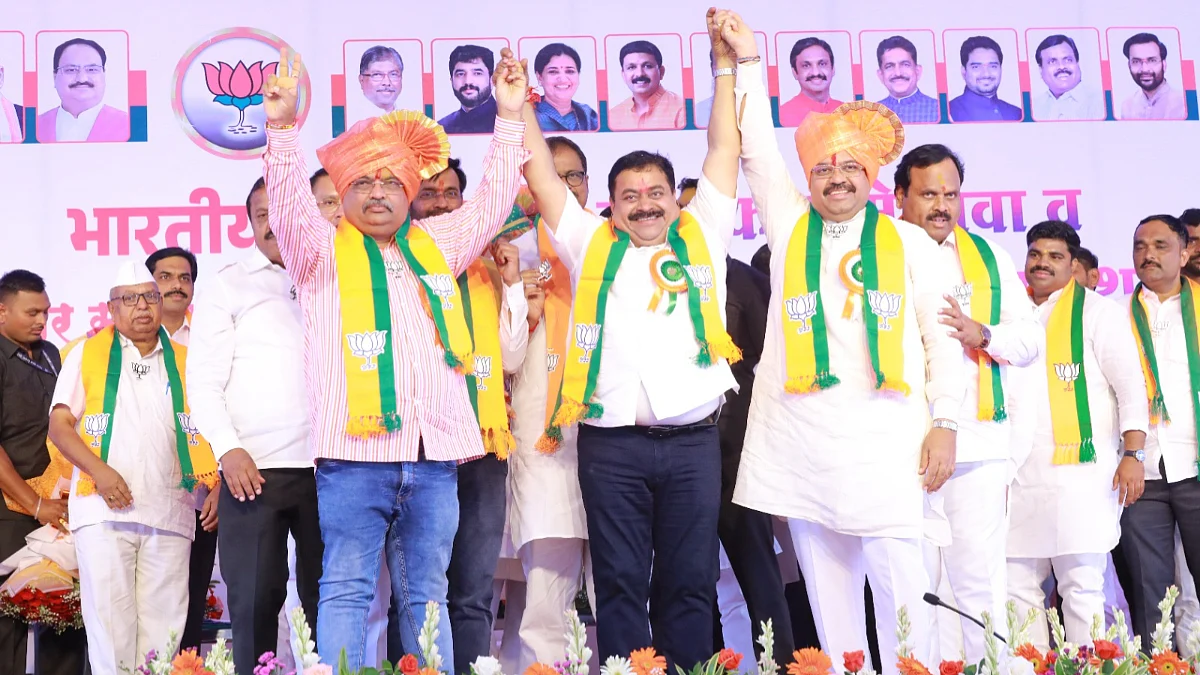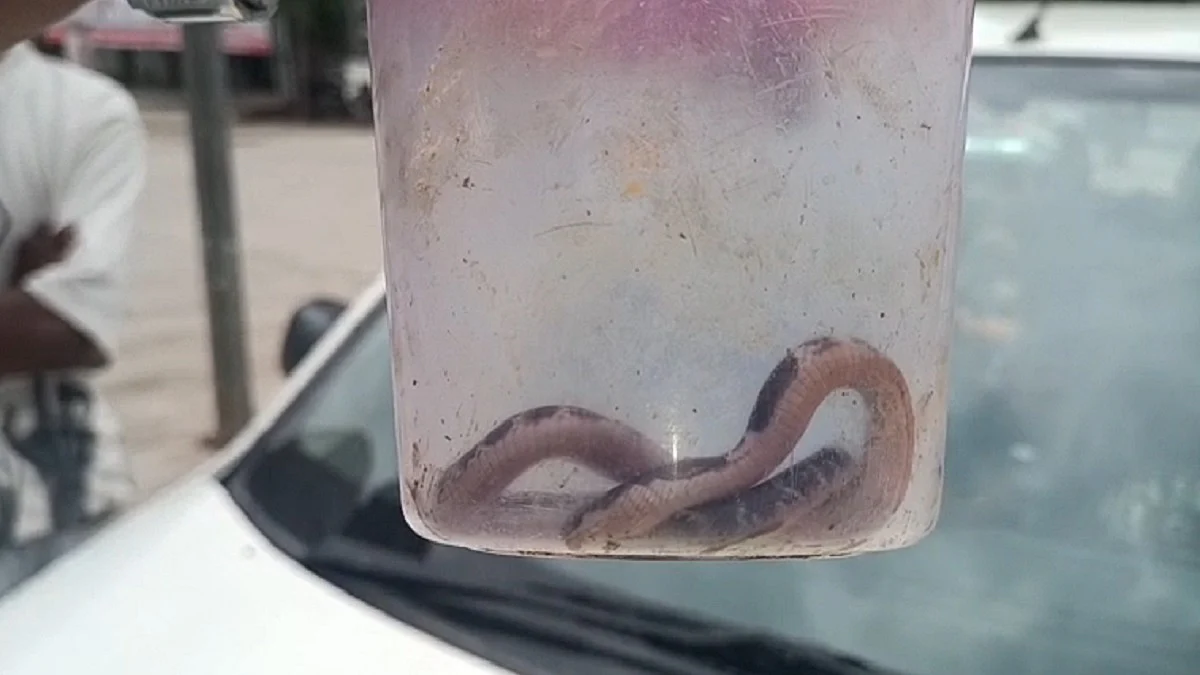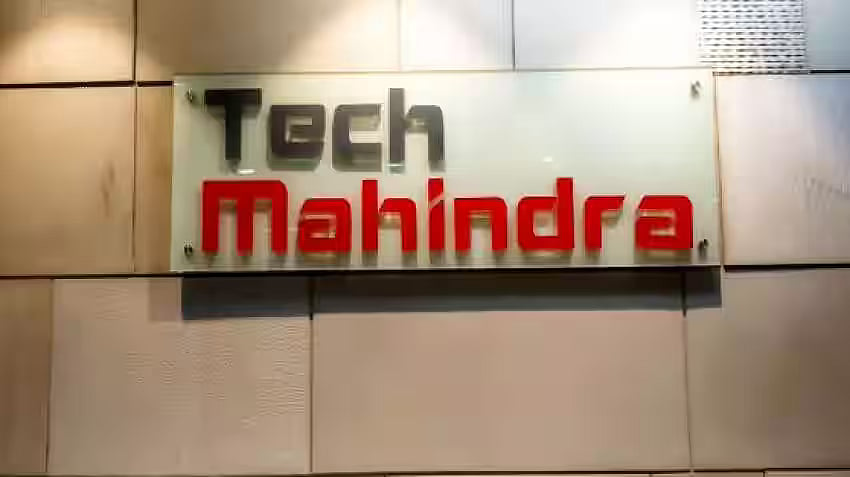In 2005, Bert van der Feltz (Bert), President and CEO of the East-West Seed Group along with his team started evaluating the potential of the India market. Since then a lot has changed, the East-West Seed India today is among the top five seed companies in India and has seen double-digit growth. However, Bert in an interview to Free Press Journal’s Jescilia Karayamparambil and R N Bhaskar said more than growth, the company and its investor, Simon Groot, aspire to touch the lives of as many smallholders farmers as possible. More than quarterly results, it is looking at serving the society better which will eventually bear fruits, he averred.
Edited excerpts
How has the journey been for East-West Seeds?
About 38 years ago — it is too long as per today’s standard— we were formed.
We are opposite of those unicorns that reach billion-dollar valuation within a few years. This is because seed or vegetable breeding involves very long-term thinking and planning. It takes 8 years and 12 years to develop a new variety of tomato and onion respectively. So, that explains the reason behind this timeline.
We started modestly with the Philippines and Thailand.
Mother nature’s base is not that fast. It grows according to seasons. You can do some tricks in biotechnology but the core remains the same. We have to wait for nature to bear the results. You can see that in our profit and loss accounts.
For 12 years, this company was not making profits. Our investor, Simon Groot, who started this company in 1982, had to invest every year for a long time. It took us 25 years to pay dividends to the shareholders. So, the profits were always retained. Even after dividends were paid, it was never beyond 7 per cent of our earnings to our shareholders. It sets us apart.
The company was born with a mission to serve our stakeholders — smallholder farmers, and not just paying dividends to shareholders.
In 1982, it was Thailand and the Philippines. But now, we have expanded, and our geographical reach is tropical countries.
Today, 70-80 per cent of our food is produced by smallholder farmers.
We started long before the millennial goals. Many today know that productivity from agriculture needs to go up. If you try to do that by ignoring the 70-80 per cent food producers, you are not going to succeed.
The biggest success lies in trying to help those smallholder farmers. In principle and theory, it is easier to bring up these smallholder farmers than those super-efficient farmers — technically it is a challenge. So, it took us a long time to grow. By now, we have accomplished something and established our brand —East-West Seed. But the brand has grown because of the love of the farmers.
For farmers, agriculture is a high-risk business. And if the seed is not good, it can ruin an entire season’s efforts. Hence he sticks to a reliable brand. Ours is a very reliable and trustworthy brand which does not look at squeezing the last rupee or baht (or any other currency) from a farmers’ pocket.
If the farmers’ productivity increases a whole community thrives — be it a small business in and around the farmer or be it a local market or others. Once we get the farming community growing — beyond feeding themselves — the economy develops. So, in this way, we contribute to all stakeholders.
To become successful or sustainable for an agriculture input company, it is important that the farmers love and respect you. It is important to make them know that we are with them — this is the core of our success.
Attracting talent to R&D is extremely important and during lean times it is much more important to retain them. The worst is when competitions start calling your best R&D people and these talents leave you and then you are in deep trouble. But then you have some good talents who stick to you, who understand the mission of the company. This is important as well.
So, in that way, we have developed a good culture that in a big way is the reason for our success.
How many varieties of seeds would you have?
We have around 950 seeds. To make money, this proposition probably may not be a good idea. We also carry loss-making seed varieties — heirloom varieties. It is our civic duty as a market leader in many of these countries in Asia to do more than just hunting for the last dollar. Also, you need to keep in mind the biodiversity, and cultural heritage. Farmers have often for generations passed on the knowledge and tradition — maybe one particular type of variety will only be used for a particular ceremony and will not become big as a commercial product, we still grow them.
So, if we look at seeds commercially, we can maybe bring it down to 50 varieties of seeds. But we as a company do not want to do that mainly because we remain committed to the community of farmers, we should not deny other important factors.
How many of the 950 seeds are star performers?
Around 150 varieties of seeds probably bring us 80 per cent of our total sales.
Where do you stand in terms of market share in the world?
Our expertise is in vegetable seeds and not in row crops. We are into sweet corn but not into animal corn. So, we limit ourselves to vegetable seeds. We are unique as we are a pure-play company.
We can look at agro-chemicals then it is a big area of conflict there. Many multinationals make money on the chemicals and the seed business is more like a cherry on that cake.
If you look at vegetable seed companies that are only doing mostly vegetables, we are in the top ten (in the seventh position) in the world. But, interestingly, we have chosen not to serve the entire world but only the tropical belt. That is quite a good position and we are going up. It varies per country. In the countries that we started, we are market leaders.
In the case of India, we started late but were very careful. The Indian journey started in 2005 along with a colleague. We travelled to India and we learned a lot during our journey to India.
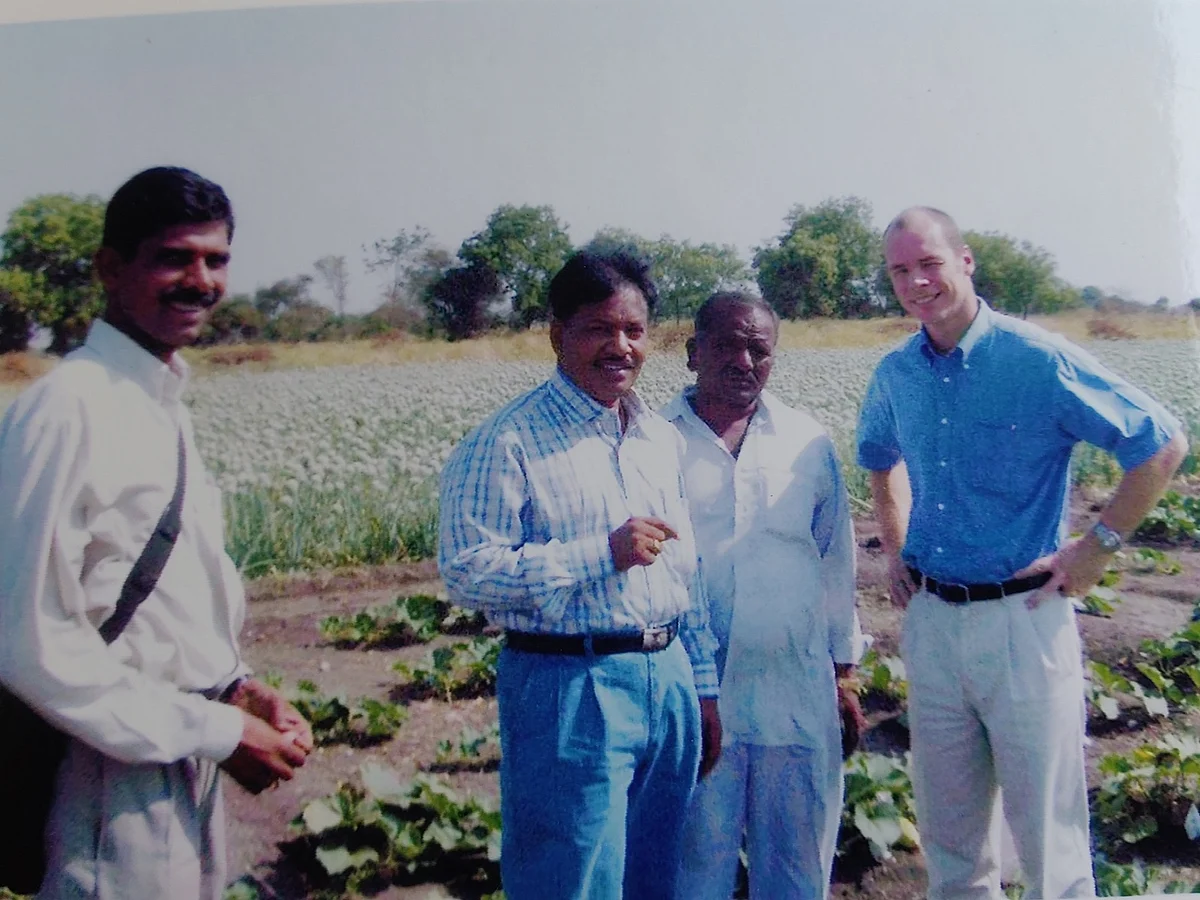
We are in the fifth position in India and we will soon be top three in India in terms of market share.
We are moving much faster in the Indian market compared to others. We outgrew our competition by 25 per cent. We are really gaining market share. India will be a number one market soon — unless there are disasters or India decides to no longer be vegetarian.
In India, when you talk about seeds, it is seen as genetically modified (GM) seeds. How is East-West Seeds different from these GM seeds?
When it comes to GMO, we have all the technical capacity in our labs and our biotechnology labs equipped to do the necessary transformation. However, there are legal restrictions — we cannot and we do not disrespect laws of the land we are in. There are costs and there are restrictions. So it will only make economical sense if there are varieties that are multi-million dollar ones. For instance, in the case of corn, it will work for the corn used for feeding animals, but it will not work with sweet corn.
Even if that is allowed today, we will not go for GMO seeds.
Are you worried if the younger generation of farmers may not return to farms or it will be just large players?
The younger generation — not in number terms may not return to farms. Most farmers today are older and they are going to be replaced by a new generation. The new generation will bring in more change and efficiency. This will lead to the number of farmers going down. This is a natural process as efficiencies go up.
You will not find super farms as you find in Iowa, any time soon in India or Indonesia, that will not happen in my life in vegetables. You will continue to have small farms but efficient ones.
Another view is that if people stick to cities and not look at farming as an option, that is not going to happen either. In that case, I am a very simple economist, I would say if fewer people are producing than prices will go up. So, that will attract more people to farms. There is a self-correcting mechanism and I am not afraid of that.
How do you see getting listed in the Fortune list considering East-West Seeds is not a typical shareholder-prioritising company?
It was a pleasant surprise for us. Even when Simon Groot won the World Food Prize in 2019, nobody saw the unique story we had. So, I was very thrilled to find that we were listed in a Fortune List which is heavily shareholder based. It came as a complete surprise.
They looked at the virtual pricing and also our high ranking in the Access to Seed Index — ranked top position twice in the row. That index got their attention and that Fortune Index is about the companies that are driving change and that is where they saw that we are reaching out to smallholder farmers. That made us proud.
Do you plan to tap newer markets? Are there any expansion plans?
Ambition can be our biggest risk factor. Several small farmers are not served by us, especially in the case of Africa. The small farmers in the tropical belt of Africa are booming. There is a population that is booming just like what Asia was 20-30 years ago, with all its problems. We can only do so much there. We are looking at Africa but we will do that carefully.
However, that growth will not be at the risk of putting our growth opportunity in Asia at risk.
We cannot be everywhere as we still are relatively a small company. But Africa, we will for sure look at it, as Africa will get attention in the next 5-15 years’ time.
In Asia, it will be India where we will put more investments — in terms of people development and certain cases also assets.
We have always grown organically. We avoid M&As. We did buy a collection of germplasm IP. We avoid M&As route mainly because of IP law limitations.
In most countries that we are present in like Indonesia, Thailand and the Philippines, we build the seed industry there. Those industries are relatively small.
In India, there is a huge academic capacity. There is also the workforce who all their lives worked for seed companies and have deep knowledge. We would love to make India a training ground and hire people from India and send overseas to bring in the hired skill sets.
How much would the parent company be investing in Asia, especially India?
Around 15-16 per cent of our sales are spent on R&D which is high compared to some other industries. This shows how knowledge intensive we are.
The seed industry is not capital intensive in terms of machinery. So, the investments will be in hiring people and building sustainable processes.
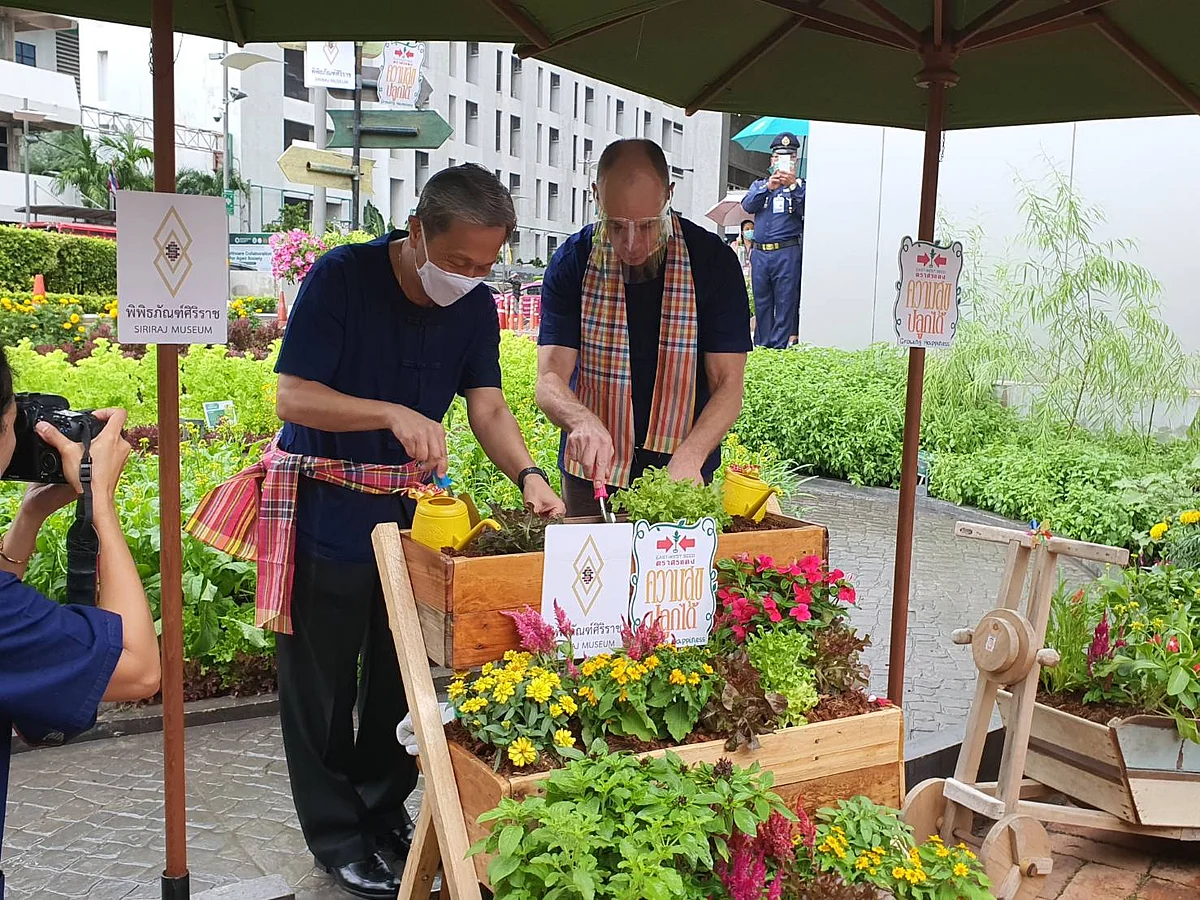
During COVID-19 |
What kind of growth are you looking at from Asia, especially India?
We saw a strong growth spurt partial due to COVID-19. We are in plus 20 per cent sales growth compared to the last year, which is exceptional for a market-leading company. We do not post such numbers.
In the case of India, it is the second-largest market in the world. It is a very competitive and pragmatic market. We want to grow faster than the market, allowing us to gain more market share.
Last year, we grew by 24 per cent. Despite COVID-19, we will be growing higher than 20 per cent. This means we will continue our growth. Our focus on India is critical for our portfolio.
Do you think India will drive your profits in the future?
It is in case of mature companies, maybe. But we are relatively new and we are still looking at India as an investment market.
Considering we have a patient investor, it allows us to grow the brand rather than managing the quarterly.
And for us, it is not the profits that drive us but the ability to serve the farmers.
What kind of impact are you expecting from climate change?
Our farmers will suffer due to climate change and that will impact the business. The volatility of business becomes more difficult. It also goes to farmers. If any person is exposed to risk or is a manager of the risk, it is the farmer.
In our case, we can mitigate the risk and manage our risk but not the smallholder farmers who will be hit.
Climate change is partially due to agriculture. So, we are victim and culprit at the same time. For instance, water depletion in India due to mismanagement of water.
If the government and industries get together to help farmers become efficient that will help reduce emissions.
How will IP laws help the agriculture sector?
IP laws will help attract a lot of investments. We lose about 20 per cent of our potential sales to brown bag sales (illegally-copied materials). This could be the profits that we could reinvest.
It scares away a lot of investors. Thus, they will not employ innovative technologies in these markets rather play safe and we cannot blame them. So, you slow innovation due to this loss legislation or due to lack of enforcement of the law.
We are pushing seeds organisations to make governments understand that it is in the interest of society. Societies will benefit from faster innovation.

